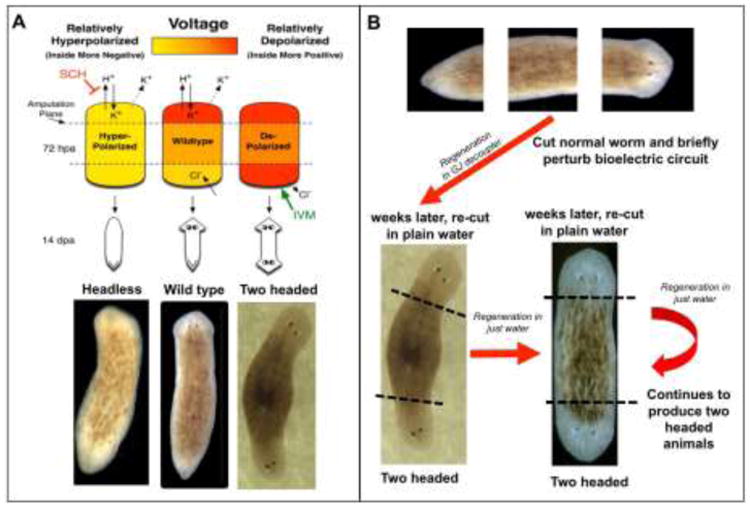Figure 4. Large-scale bioelectric patterns direct the morphology of regenerated structures.

(A) Understanding of the bioelectric circuit that controls anterior–posterior specification in a fragment of regenerating planaria can be used to design drug cocktails that alter the regenerating anatomical structures produced by adult stem cells. Using this information, the desired target morphology can be created including inducing the posterior-facing blastema to build a secondary head in planaria. Modified with permission from (Beane et al., 2011). (B) Pattern memory encoded in bioelectric circuits can be altered by manipulating bioelectric cues. Planarian head-tail polarity is regulated in part by an endogenous voltage gradient. When cut fragments are briefly exposed to reagents to alter the topology of bioelectric cues (e.g., gap junction targeting drugs or RNAi targeting innexins), their regeneration results in the creation of two headed animals. Remarkably, weeks later, when these same animals are re-cut in plain water over multiple rounds of regeneration, the two-headed worm phenotype persists. Recent work (Durant et al., 2017) shows that these two-headed forms can be re-set back to a permanent one-head state by a manipulation of the H+/K+-ATPase component of the circuit, and reveals how epigenetic long-term pattern memory that can be stored in bioelectric circuits.
